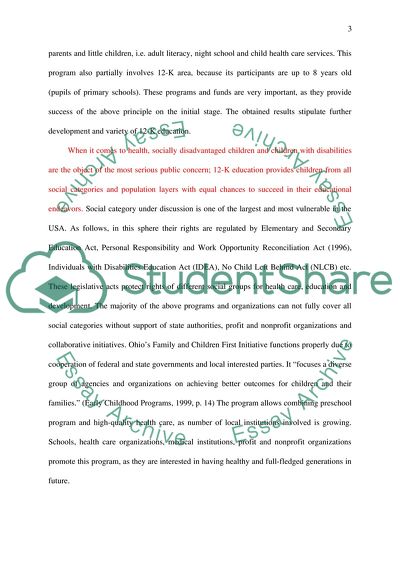Cite this document
(Importance of Education Grades K-12 Research Paper, n.d.)
Importance of Education Grades K-12 Research Paper. Retrieved from https://studentshare.org/education/1740070-importance-of-education-grades-k-12
Importance of Education Grades K-12 Research Paper. Retrieved from https://studentshare.org/education/1740070-importance-of-education-grades-k-12
(Importance of Education Grades K-12 Research Paper)
Importance of Education Grades K-12 Research Paper. https://studentshare.org/education/1740070-importance-of-education-grades-k-12.
Importance of Education Grades K-12 Research Paper. https://studentshare.org/education/1740070-importance-of-education-grades-k-12.
“Importance of Education Grades K-12 Research Paper”, n.d. https://studentshare.org/education/1740070-importance-of-education-grades-k-12.


